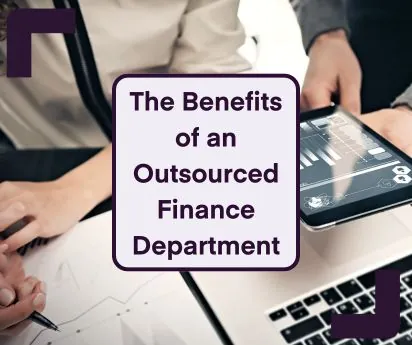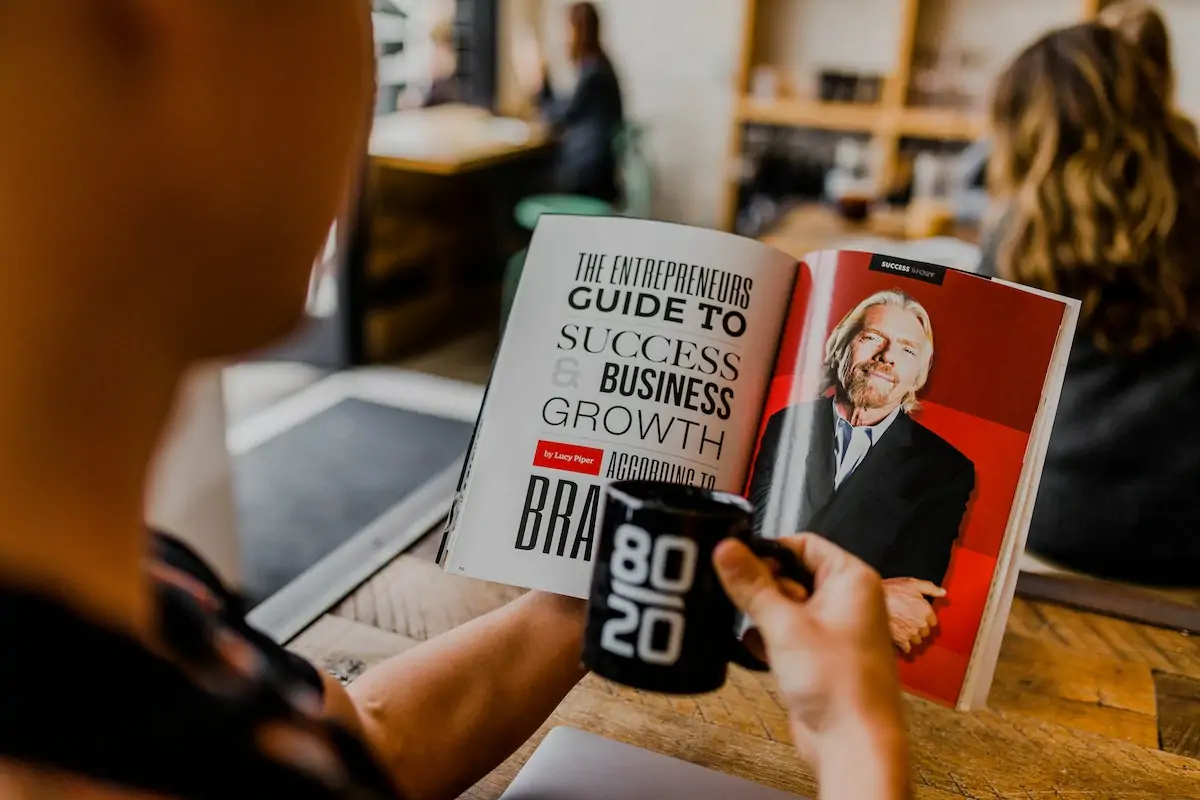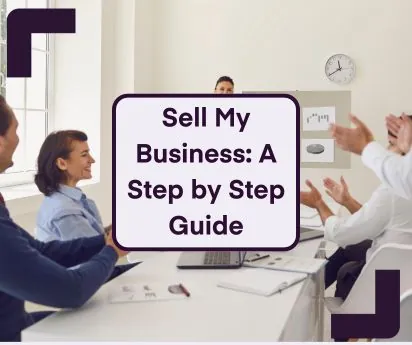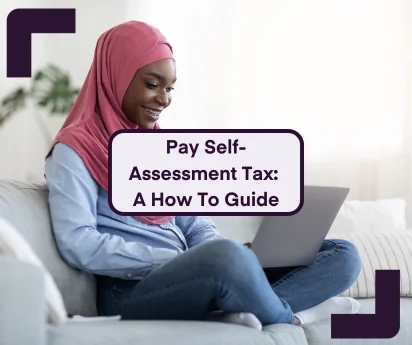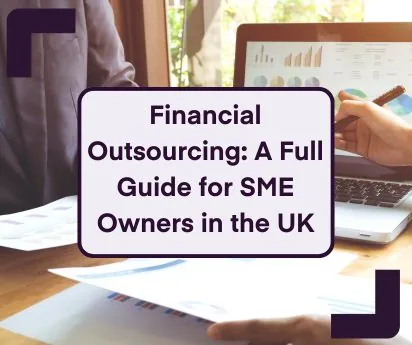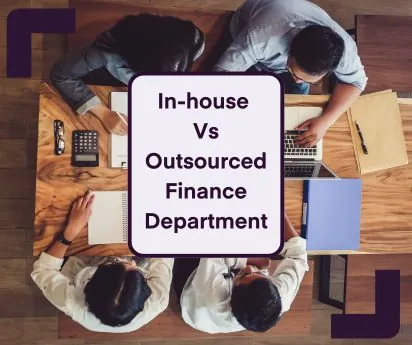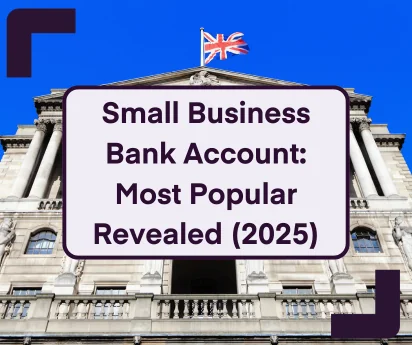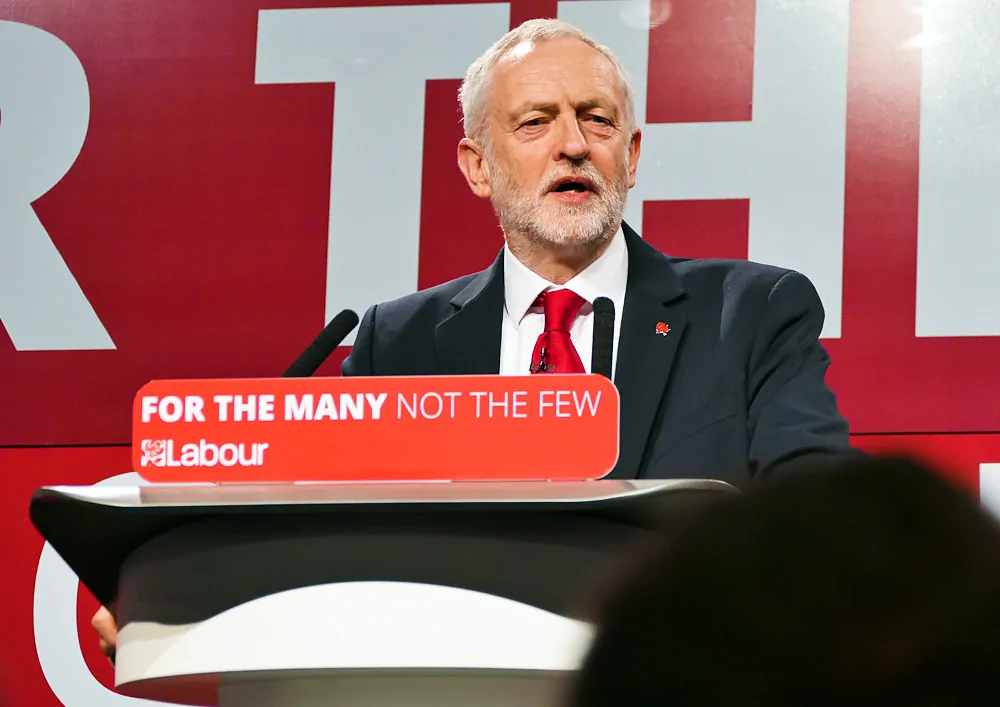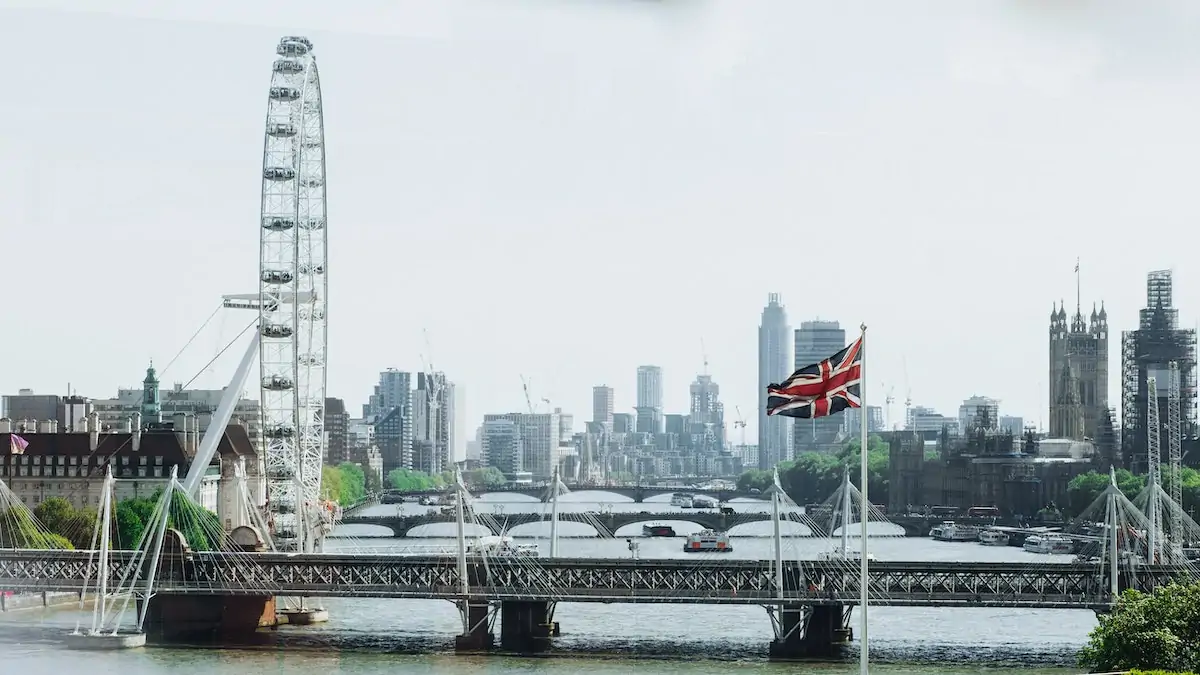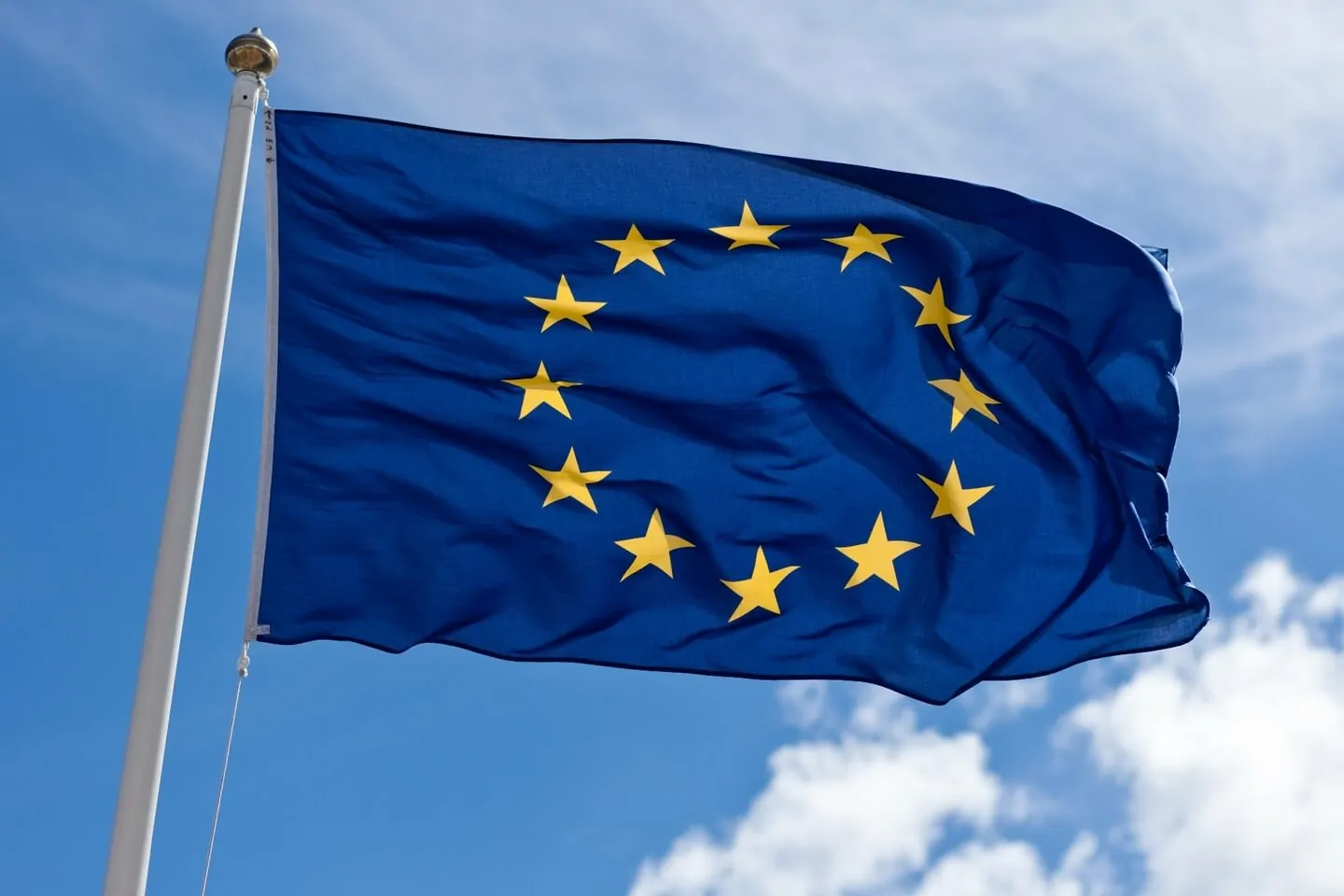
How businesses can reclaim VAT paid in other EU countries
12 Sep 2016Import and export has become increasingly popular as a business enterprise especially in the internet and globalisation age, with ebay and so on. There are complications and risks generally but also tax implications. VAT is an especially complex area with international trade and has also given rise to certain types of accounting frauds. If you need accounting, tax or strategy advice on any aspect of EU or internation trade or business, please do get in contact with us.
While most of its analysis focused on exports, the Great British Export Report published by FedEx last year also revealed that (of those British SMEs that import on a regular basis) a typical small business in the UK imports approximately £535,000 of goods and services from the EU every year. We’ve previously outlined how VAT applies to imports and exports between EU countries (or ‘dispatches’ and ‘acquisitions’, as they’re more correctly known when they take place within the single market), but of course not all overseas VAT payments relate to imports and exports.
How can a small business owner reclaim the Value Added Tax paid on allowable expenses clocked up while visiting other EU countries for business reasons, such as vehicle hire, overnight accommodation or admission to trade fairs and business expos?
HMRC’s VAT refund scheme to the rescue!
The VAT refund scheme
VAT-registered businesses can use the VAT refund scheme to reclaim the VAT on business expenses incurred elsewhere in the EU. In order to qualify the British business must:
- Make taxable supplies
- Not be VAT-registered in the other EU country, nor be required to register for VAT there
- Not hold a place of business or residence in the other EU country
- Not make any supplies in the other EU country, except for transport services that are intended for the transport of goods and where the business’s customer pays VAT on the supplies
Assuming a UK business is VAT-registered and meets these other qualifying conditions, it can apply for a VAT refund by logging into (or registering for) HMRC’s online VAT portal.
Deadlines
The deadline for applying for a VAT refund through HMRC’s VAT portal is 30th September of the year immediately following the year in which the business paid VAT elsewhere in the EU. However, although that means the deadline could be more than a year away, the claim itself can’t cover more than one calendar year. Claims also can’t cover a period of less than three months, unless that is all the time that’s left of the current calendar year.
Minimums
Of course, VAT refunds represent an administrative burden for any EU country having to process them (known as the Member State of Refund, or MSREF), so a number of minimum refund amounts apply in order to prevent small business owners from filing claims for just a few euros.
- For claims covering a period of more than three months but less than a full calendar year (and that does not run to the end of the calendar year) the minimum amount business owners can reclaim is €400
- If the claim covers an entire calendar year, or the final part of a calendar year, then the minimum is €50
- VAT amounts totalling less than €50 cannot be reclaimed at all.
How to reclaim VAT
Businesses can only use the VAT refund scheme if they are already VAT-registered. In order to file a claim, the business owner or employee can log into HMRC’s VAT portal using the same security credentials used to file the business’s usual VAT returns.
If a business has incurred VAT charges in more than one EU country during a particular claim period a separate claim must be filed for each country. The nature of each expense in each VAT claim must also be assigned the correct expenditure code, as follows:
- Fuel
- The cost of hiring transport
- Other expenditure relating to transport
- Road tolls and road user charges
- Travel expenses, such as taxi fares or the cost of public transport
- Accommodation
- Food, drink and restaurant services
- Admissions to fairs and exhibitions
- Expenditure on luxuries, amusements and entertainment
- Other expense
For claims of €1,000 or more (or €250 or more in the case of fuel claims) invoices should be scanned and included with the VAT claim. Any amounts below these thresholds will not normally require scanned invoices during the claim process, although businesses should retain all documentation in case it is required at a later date.
